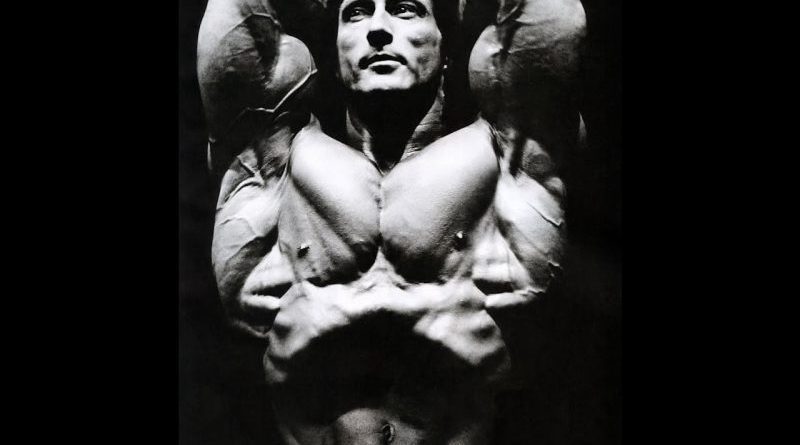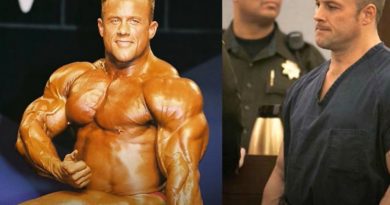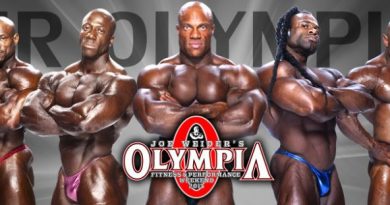The Vacuum Pose in Bodybuilding: Helpful, Hurtful Or Who Cares?
The vacuum pose is one of bodybuilding’s most iconic and debated poses. Should it be a mandatory part of competition? As a certified strength and conditioning coach and sports nutritionist, I’ve seen this topic spark passionate arguments from all sides.
Since I don’t compete myself, I can look at this from a neutral standpoint. My goal is to break down the different viewpoints so you can form your own informed opinion.
This guide will explore whether the vacuum pose is helpful, hurtful, or simply irrelevant in modern bodybuilding.
Disclaimer: This article is for informational purposes only and is not meant to treat or diagnose any condition. It is recommended that you speak with your doctor before starting any exercise program, changing your daily nutrition, or adding any supplements to your regimen.
Table of contents
Key Takeaways
- The vacuum pose was a signature move of “Golden Era” bodybuilders like Arnold Schwarzenegger and Frank Zane, symbolizing aesthetic appeal and muscular control.
- Practicing the vacuum pose strengthens the transverse abdominis, a deep core muscle that acts like a natural corset, helping to control the midsection and prevent the “bubble gut.”
- While not an official mandatory pose in any IFBB Pro League division, it is highly encouraged in Classic Physique to achieve the desired aesthetic.
- The debate continues whether it should be mandatory, with some arguing it upholds classic standards and others claiming it unfairly penalizes athletes with different body structures.

Is the Vacuum Pose Helpful?
Yes, the vacuum pose is incredibly helpful for both aesthetic and functional reasons in bodybuilding.
It’s a direct link to the “Golden Era” of the sport, instantly bringing to mind legends like Arnold Schwarzenegger and Frank Zane. These icons used the pose to create the illusion of a smaller waist, which made their shoulders and back appear wider and more dramatic. That V-taper is the hallmark of a classic physique.
But the benefits go deeper than just looks. The primary benefit of practicing the vacuum is strengthening the transverse abdominis (TVA). Think of the TVA as your body’s natural weight belt or corset. A strong TVA is crucial for stabilizing your spine and pelvis, which can improve your performance in heavy compound lifts like squats and deadlifts.
In recent years, one of the biggest complaints in bodybuilding has been the rise of the “bubble gut,” or stomach distension. While the causes are debated, they often include a high-calorie diet and the use of substances like HGH and insulin. The vacuum pose is a direct countermeasure. By training the TVA, athletes can gain better control over their midsections.
A prime example is Roelly Winklaar. For years, he was criticized for his lack of midsection control. He dedicated himself to practicing the vacuum pose, and the transformation was incredible. He even hit a vacuum during a guest posing routine that got the entire bodybuilding community talking. It proved that even modern mass monsters could achieve this classic look.
Is the Vacuum Pose Hurtful?
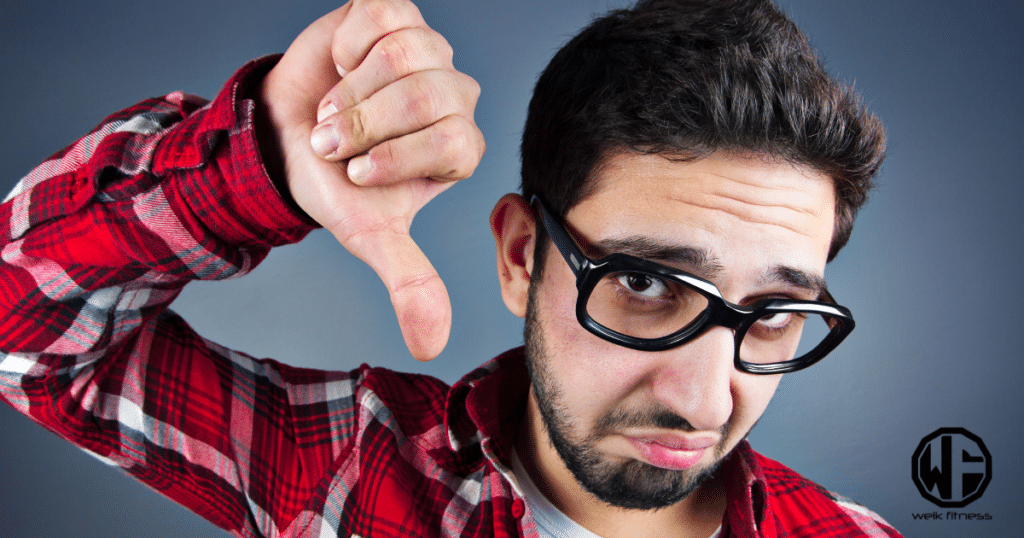
While the pose itself isn’t physically harmful, making it a mandatory requirement could be hurtful to the sport and to certain competitors.
The reality is, today’s Open class bodybuilders are significantly larger than those from the Golden Era, often carrying 50-100 pounds more muscle mass. This sheer size, combined with the massive food intake required to maintain it, makes controlling the midsection incredibly difficult. For many, hitting a deep vacuum is simply not anatomically possible.
This creates a major judging problem. If one bodybuilder hits a vacuum pose during a comparison round and the others can’t, how should the judges score it? According to the official IFBB Pro League rules, the vacuum is not a mandatory pose. Penalizing athletes for not performing an optional pose could create a scoring controversy.
Even some top Classic Physique competitors, like former Olympia winner Breon Ansley, have argued against making it mandatory. Ansley believes it can sometimes wash out ab definition, while others like Chris Bumstead have noted that the pose doesn’t look good on all body structures, especially those with shorter torsos.
Imagine if a new pose was introduced that only a fraction of competitors could perform. It could unfairly skew results and take the focus away from the overall physique. While practicing vacuums is beneficial for training, forcing it on stage could open a can of worms and penalize deserving athletes who just aren’t built for that specific pose.
Does Anyone Even Care?
Absolutely. The fans, judges, and even Arnold Schwarzenegger himself care a great deal.
The Classic Physique division was created specifically to bring back the aesthetics of the sport’s golden age. This makes the vacuum pose particularly relevant. The issue gained widespread attention at the 2019 Arnold Classic. After George Peterson won the Classic Physique title, Arnold asked him on stage to hit a vacuum pose for the crowd. Peterson was unable to perform it, which sparked a huge debate.
The incident highlighted a divide: if a top competitor in the division meant to celebrate classic lines can’t hit the most classic pose, what does that say about the division’s direction?
Here’s a breakdown of why the vacuum pose carries different weight in the two main men’s divisions:
| Division | Primary Judging Focus | Relevance of Vacuum Pose |
|---|---|---|
| Open Bodybuilding | Maximum muscle mass, density, and conditioning. | Low (Not mandatory, but can improve aesthetics). |
| Classic Physique | Aesthetics, symmetry, flow, and “classic” lines. | High (Strongly encouraged and seen as essential to the ideal look). |
In my opinion, the focus should always be on bringing a complete package. An athlete who is perfectly conditioned will always place higher than someone who is out of shape but can hit a great vacuum pose. However, in a close competition, a well-executed vacuum can be the detail that separates the winner from the runner-up.
Ultimately, the vacuum pose matters because it represents a standard of control and aesthetics that many feel is essential to the soul of bodybuilding. While it may not need to be mandatory in the Open division, its importance in Classic Physique is undeniable.
FAQs
How do you perform a vacuum pose?
The easiest way to learn is by lying on your back with your knees bent. Exhale all the air from your lungs. As you do, pull your belly button in as close to your spine as possible. Hold this contraction for 15-20 seconds without holding your breath. As you get stronger, you can practice it while seated, on all fours, and eventually standing.
Does the vacuum pose actually make your waist smaller?
Practicing the vacuum pose won’t reduce body fat, but it can help create a tighter, more streamlined waistline. By strengthening the transverse abdominis, it improves your ability to keep your midsection pulled in, contributing to the appearance of a smaller waist.
Which bodybuilding division requires the vacuum pose?
No division in the IFBB Pro League officially *requires* the vacuum pose as a mandatory pose. However, it is a hallmark of the Classic Physique division, and the ability to perform it is considered a major advantage by judges and fans.
Who had the best vacuum pose of all time?
This is highly debated, but three-time Mr. Olympia Frank Zane is widely regarded as having one of the most iconic and perfectly executed vacuum poses in bodybuilding history. His combination of a deep vacuum with sharp abdominal definition set the standard for generations.
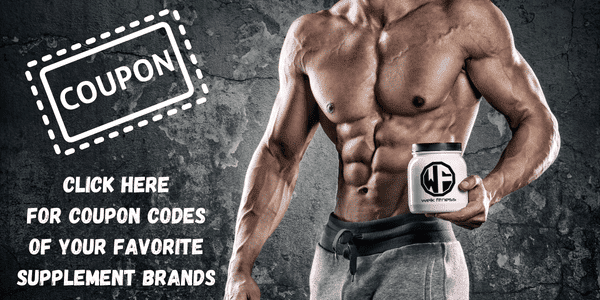

*Disclosure: This article may contain affiliate links or ads, which means we earn a small commission at no extra cost to you if you make a purchase through these links. These commissions help support the operation and maintenance of our website, allowing us to continue producing free valuable content. Your support is genuinely appreciated, whether you choose to use our links or not. Thank you for being a part of our community and enjoying our content.
PLEASE CONSIDER SHARING THIS ON YOUR SOCIAL MEDIA TO HELP OTHERS LEARN MORE ABOUT THIS TOPIC.


